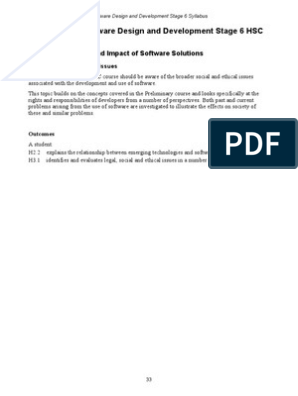0% found this document useful (0 votes)
246 views7 pagesEric DeCamps
The document is a reflective account of the author's experiences with magician Eric DeCamps, highlighting his exceptional skills and serious approach to magic. It details DeCamps' journey from a young enthusiast to a respected performer, influenced by various magic legends and his own dedication to mastering classic routines. The author emphasizes the transformative power of magic in DeCamps' life and the artistry involved in his performances.
Uploaded by
David RegalCopyright
© © All Rights Reserved
We take content rights seriously. If you suspect this is your content, claim it here.
Available Formats
Download as DOCX, PDF, TXT or read online on Scribd
0% found this document useful (0 votes)
246 views7 pagesEric DeCamps
The document is a reflective account of the author's experiences with magician Eric DeCamps, highlighting his exceptional skills and serious approach to magic. It details DeCamps' journey from a young enthusiast to a respected performer, influenced by various magic legends and his own dedication to mastering classic routines. The author emphasizes the transformative power of magic in DeCamps' life and the artistry involved in his performances.
Uploaded by
David RegalCopyright
© © All Rights Reserved
We take content rights seriously. If you suspect this is your content, claim it here.
Available Formats
Download as DOCX, PDF, TXT or read online on Scribd
/ 7

























































































